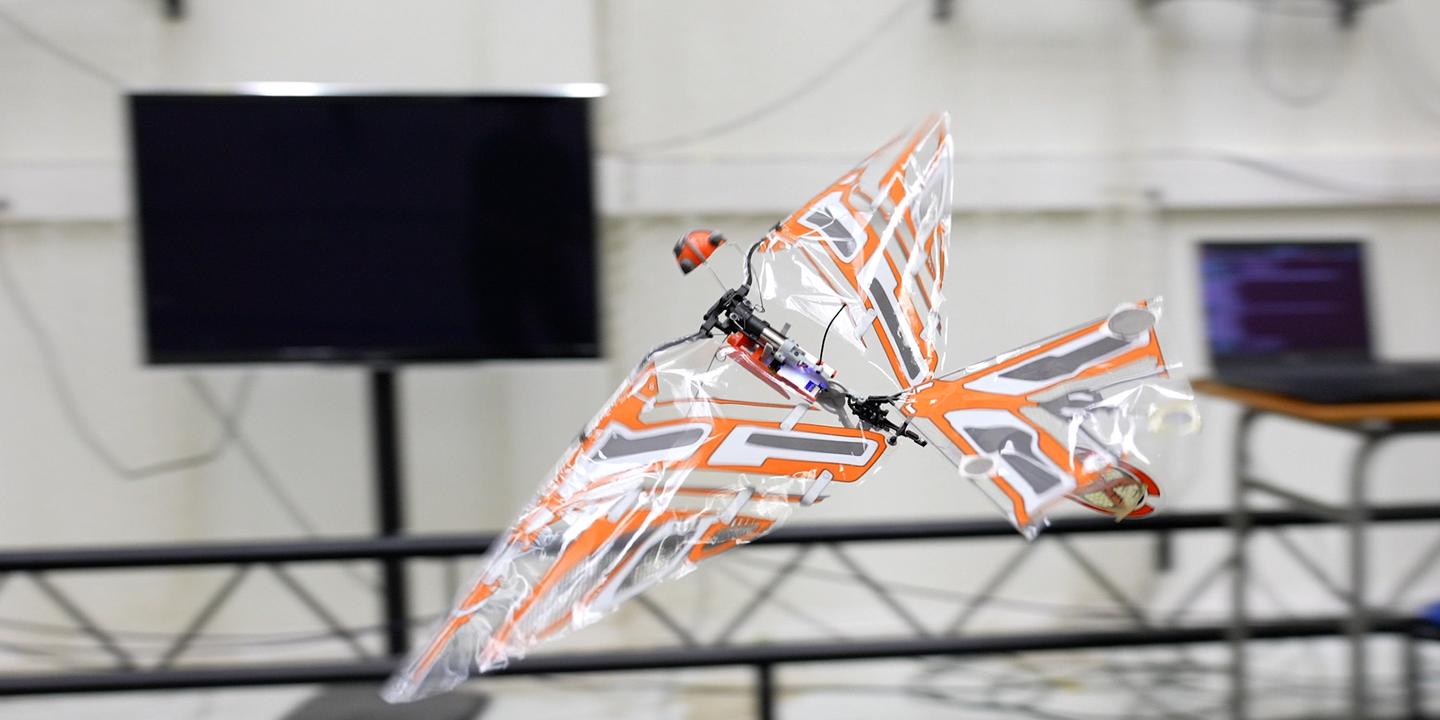
Biomimicry: Harnessing the Animal Kingdom for Innovation
In the ever-evolving landscape of technology, researchers are turning to the natural world for inspiration. By studying the ingenious adaptations and capabilities of animals, scientists are unlocking a treasure trove of ideas for designing innovative and energy-efficient robots.
Ants: Navigating the World with Vision
Ants have an extraordinary ability to navigate complex environments using nothing but their highly sensitive vision. Inspired by this feat, researchers at the Massachusetts Institute of Technology (MIT) have developed Antcar, a miniature robot that relies solely on vision for navigation.
Antcar’s tiny camera and onboard computer allow it to build a detailed map of its surroundings. This map is constantly updated as the robot explores, enabling it to plan its path and avoid obstacles with remarkable accuracy. By mimicking the visual processing capabilities of ants, Antcar can navigate intricate mazes and cluttered spaces without the need for complex sensors or expensive equipment.
Birds: Soaring with Batted Flight
The graceful flight of birds has long captivated human imagination. Researchers at the University of California, Berkeley, have taken a page out of nature’s playbook to create X-fly, a flying robot that employs a unique flapping motion similar to that of birds.
Unlike traditional drones that rely on spinning propellers, X-fly uses flexible wings that beat up and down to generate lift. This flapping motion, which is controlled by a sophisticated algorithm, allows X-fly to maneuver with precision and stability.
X-fly’s design also incorporates lightweight materials and efficient actuators that mimic the energy-saving strategies of birds. As a result, X-fly can fly for extended periods of time on a single charge, making it ideal for long-range surveillance and exploration missions.
The Benefits of Biomimicry
The principles of biomimicry offer several advantages for robot design:
-
Energy efficiency: Animals have evolved intricate mechanisms to minimize energy expenditure. By emulating these adaptations, robots can achieve similar efficiency, allowing them to operate for longer periods of time.
-
Resilience: Animals have developed robust structures and control systems to navigate harsh environments. Biomimetic robots can inherit these traits, making them more durable and adaptable to various conditions.
-
Multi-functionality: Many animals possess versatile capabilities that allow them to perform multiple tasks. Biomimetic robots can similarly integrate diverse functions, reducing complexity and cost.
Applications and Future Prospects
Biomimetic robots are finding applications in a wide range of fields, including:
-
Search and rescue: Robots inspired by ants and other insects can navigate confined spaces and locate victims trapped in disaster zones.
-
Medical diagnostics: Robots that mimic the flight of birds can perform aerial imaging and deliver targeted therapies with greater precision and maneuverability.
-
Manufacturing: Robots with flexible, flapping wings can manipulate delicate materials and perform complex assembly tasks with dexterity and precision.
As research in biomimicry continues to advance, we can expect to see even more innovative and groundbreaking applications in the future. By harnessing the wisdom of nature, engineers and scientists are pushing the boundaries of robotics and unlocking a new era of technological possibilities.
